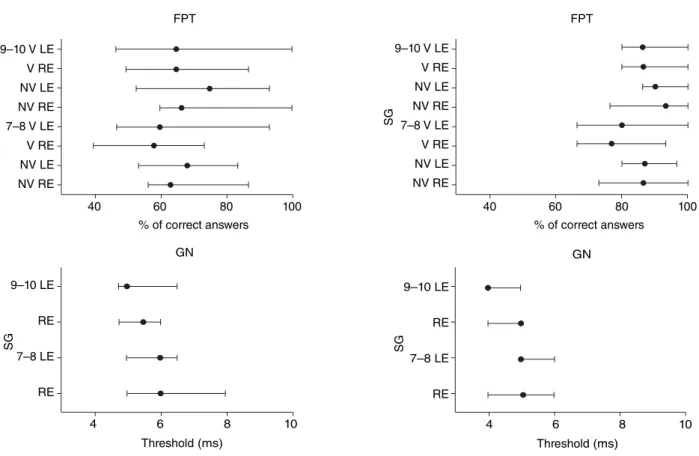CoDAS vol.26 número6
Texto
Imagem



Documentos relacionados
Conclusion: children with a history of otitis media in the early years of life showed the conductive hea- ring loss responses in the pre-surgical evaluation and lower
Segundo Larrosa (2002), o excesso de informação, o excesso de opinião, a falta de tempo e o excesso de trabalho diminuem na contemporaneidade as possibilidades de
In the present study, school-aged children in the group with dyslexia and the group with reading and writing dis- orders presented a de fi cit in auditory temporal resolution
Thus this study aimed to investigate the auditory temporal aspects in children with poor school performance aged 7-12 years and their association with behavioral aspects,
Abstract — This study was designed to analyze the association between motor skills and school performance in elementary school children with attention
However, when compared to school performance, children with good performance had lower P3 latency values than those with poor school performance, demonstrating a better
Conclusions: Children with DD have persistent difficulties at school age, with motor deficit, restrictions in school activity performance and low participation in the school context,
Methods: Experience report with a qualitative approach, conducted with children between six and eleven years of age, from a municipal school in Pelotas and in the